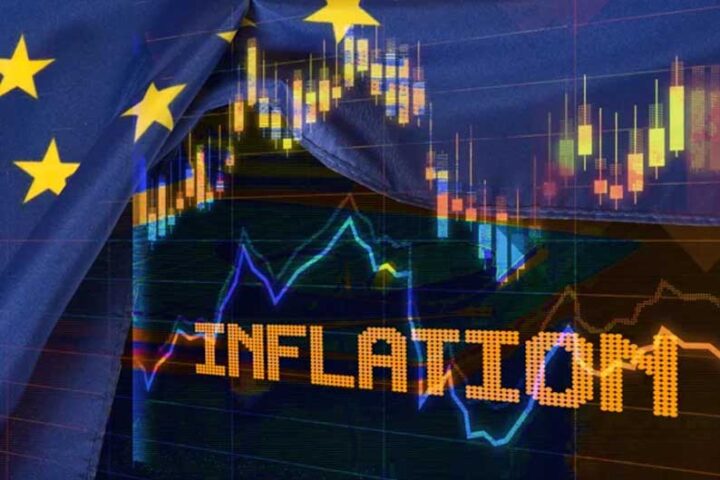The European Central Bank has launched its EU-wide banking stress tests for 2023, with baseline assumptions for Cyprus providing for 2.5% GDP growth, followed by 3.1% for 2024 and 2025.
ECB supervisors will examine 57 of the euro area’s largest banks, covering broadly 75% of banking assets, as part of the 2023 EU-wide stress test coordinated by the European Banking Authority (EBA).
In parallel, the ECB will conduct its own stress test for another 42 medium-sized banks that are not included in the EBA-led stress test sample due to their smaller size.
Bank of Cyprus and Hellenic Bank will participate in the ECB exercise, whose results will be published in July.
The EBA will coordinate with the ECB and national supervisory authorities, who will conduct it by applying the EBA stress test methodology and templates and the scenarios provided by the European Systemic Risk Board (ESRB).
“The results will shed light on the impact of adverse shocks on banks’ resilience under challenging macroeconomic conditions,” the ECB said.
Cyprus scenarios
Under the baseline scenario, the Cypriot economy is projected to grow at 2.5% this year, with GDP expanding by 3.1% in 2024 and 2025.
The adverse scenario provides for a contraction of 1.6% of GDP this year, followed by a deeper recession in 2024, while the economy will return to growth in 2025.
For 2024 GDP is projected to shrink by 4.6% to recover by 1.4% in 2025.
Inflation is projected at 3.3% this year and will decelerate to 1.7% and 1.8 in 2024 and 2025, respectively, under the baseline scenario.
The adverse scenario predicts 5.5% inflation this year, followed by 4.3% and 5.3% in 2024 and 2025.
Under the baseline projections, unemployment will reach 6.5% this year, then decline to 5.9% in 2025 and 5.5% in 2024.
However, under the adverse scenario, unemployment will jump to 7.2% this year and will further accelerate to 9.5% in 2024 and peak at 12.5% in 2025.
Residential real estate (RRE) prices under the baseline scenario will rise by 3.7% this year and continue rising, albeit at a smaller rate to 1.4% and 1.5% in 2024 and 2025.
Under adverse projections, RRE prices will decline by 1.5% this year, followed by a steep drop of 6.5% in 2024 and by -0.1% in 2025.
Commercial Real Estate (CRE) prices under the baseline scenario will increase by 1.8% between 2023 – 2024.
The adverse scenario features a plunge of 8.9% in 2024 and will continue declining by 5.8% and 2.1% in 2024 and 2025.
According to the ECB, in the 2023 exercise, banks will, for the first time, use prescribed parameters for a net fee and commission income, while another novelty is that they will report their provisions for expected losses at the sectoral level based on sector-specific projections in the scenarios.
In the context of its quality assurance of banks’ submissions, the ECB will conduct a deep dive into leveraged finance exposures for selected banks with material leveraged finance activities.
The ECB has clarified that, as was the case in previous years, stress tests will “not be a pass-or-fail exercise.”
In practice, the stress test results, particularly the capital depletion, will be used as a starting point for setting the Pillar 2 Guidance (P2G) as foreseen in the EBA guidelines on SREP and supervisory stress testing.
“In line with this approach, banks with (severe) capital depletion in the adverse scenario should generally expect a higher P2G than banks with better results,” the ECB added.










